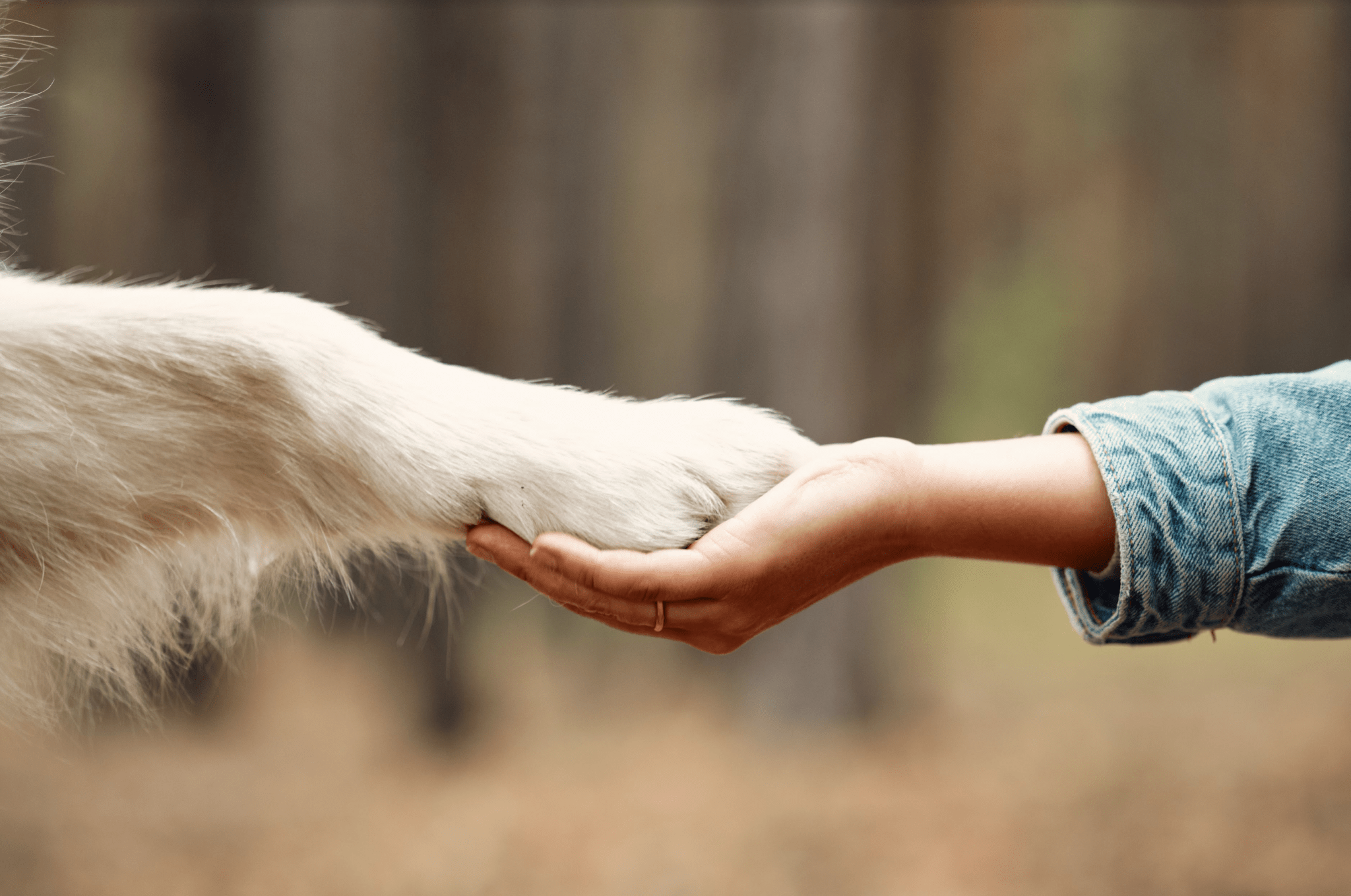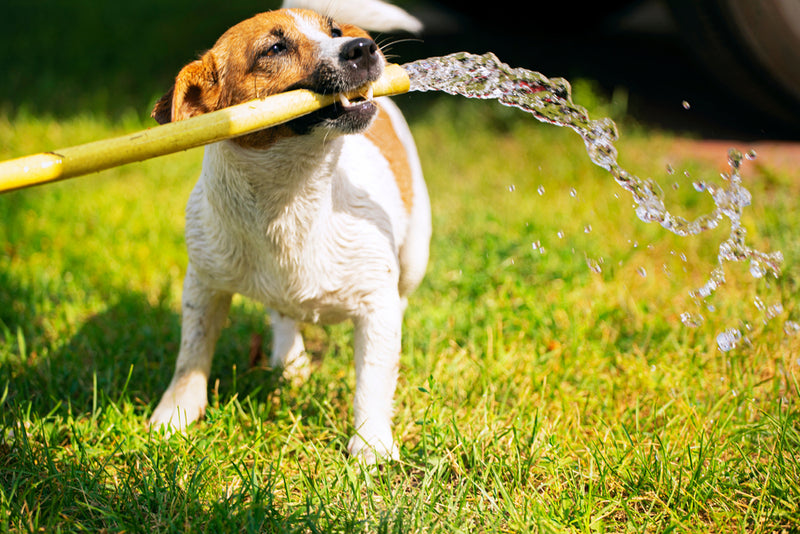
Maintain Joint Health for All Stages of a Dog's Life
What should pet owners know about their dog's joints?
A joint refers to a place on the body where bones join together, like knees, hips, and ankles. Cartilage, a smooth elastic tissue inside the joint, provides three main benefits:
- Cartilage lets bones glide smoothly to prevent friction, discomfort, and damage.
- Cartilage acts as a shock absorber to distribute movement evenly.
- Most of all, cartilage cushions the space between bones to keep them from knocking against each other.
Common joint disease in dogs
Osteoarthritis refers to the condition of worn joint tissues. Once this disease begins, treatment may delay its progress or relieve symptoms, but sadly, vets and scientists have not yet developed a cure.
Pet parents usually don't observe symptoms of osteoarthritis in younger dogs, so they mistakenly believe that cartilage damage only occurs in older dogs. Adquequan Canine's research has found that this disease generally begins in the first few months of a puppy's life because of genetics and developmental issues during rapid growth stages.
As this condition progresses, dogs will experience symptoms such as awkward gaits, difficulty standing up, and sometimes, they may look visibly pained. Because osteoarthritis can start early, it’s important to take care of your dog’s joints during all stages of their life, not just when symptoms begin to appear.
The stages of joint health
Puppies
Dogs experience rapid growth during the first one or two years of their lives. While most canines resemble adults by one year, larger breeds may grow and develop until their second birthday.
During this period, puppies need to maintain a healthy weight. Chubby puppies might look cute, but obesity can increase the risk of joint problems and other health problems, like diabetes and heart disease.
While keeping a healthy weight is important, strenuous exercise can actually harm puppies. The U.K. Kennel Club recommends limiting exercise to avoid straining a puppy's developing bones and joints. For instance, this organization suggests about five minutes of walking, no more than twice per day, for each month of age. For example, limit walks to about half an hour for six-month-old puppies. Avoid extended jogging or running sessions with dogs younger than 18 months old.
Adult dogs
As with puppies, ensure enough exercise and a healthy diet to avoid excessive weight gain that can put a strain on their joints. Many adult dogs can walk as long as you care to, though you should always watch your pet for signs of fatigue, limping, or an unsteady gait. Encourage safe exercise, as too many high jumps and hard landings can aggravate existing problems and cause injuries. If your dog appears to favor particular specific legs, limps, or has trouble getting up, it's time to call a vet for advice.
It's not too early to offer young dogs joint supplements to ensure they have the proper nutrition to support healthy joints and bones. As a preventative measure, supplements may help prevent or delay joint damage for dogs who are predisposed to joint diseases.
Senior dogs
Some dogs may display such symptoms as walking with a clumsy gait, struggling to stand, moving slowly, or even yelping in pain, starting as young as five or six years old. These symptoms indicate it's time to visit the vet for a formal diagnosis.
There is no cure for joint disease. Once cartilage is gone there’s no way to get it back, but there are ways to help your dog manage their joint pain.
Keeping them at a healthy weight will ensure that their joints aren’t straining more than necessary to provide movement.
Exercise is still very important. Daily, low-impact exercises allow your dog to maintain their strength. Swimming is a great way for your dog to stretch their muscles and joints.
Pain relief will also play a big role. If your dog is in too much pain to exercise, then it will only lead to more joint pain. Hip and joint supplements are widely available and can help ease their discomfort. As a note, you should never give your dog pain medication intended for humans. Common medicines, such as Tylenol, can be toxic for dogs. Reach out to your veterinarian before adding any medication to your dog’s daily diet.
How to Keep Your Dog's Joints Healthy as Long as Possible
Some dogs appear genetically prone to developing joint problems. According to the National Institute of Health, osteoarthritis, hip dysplasia, and other joint issues often occur in larger and heavier canines.
At the same time, some larger dogs never display symptoms during their entire lives, and some small dogs develop joint issues. While genetics may play a role, so does the dog's overall health, activity level, and environment. Sensible exercise, a healthy weight, adequate nutrition, and in some cases, a vet's medical treatment will all help reduce and delay joint issues.
For a tasty way to keep your dog’s joints healthy, Movin' and Groovin' Bites help provide young and not-so-young dogs with the nutritional support their body needs to maintain cartilage and other joint tissues.




